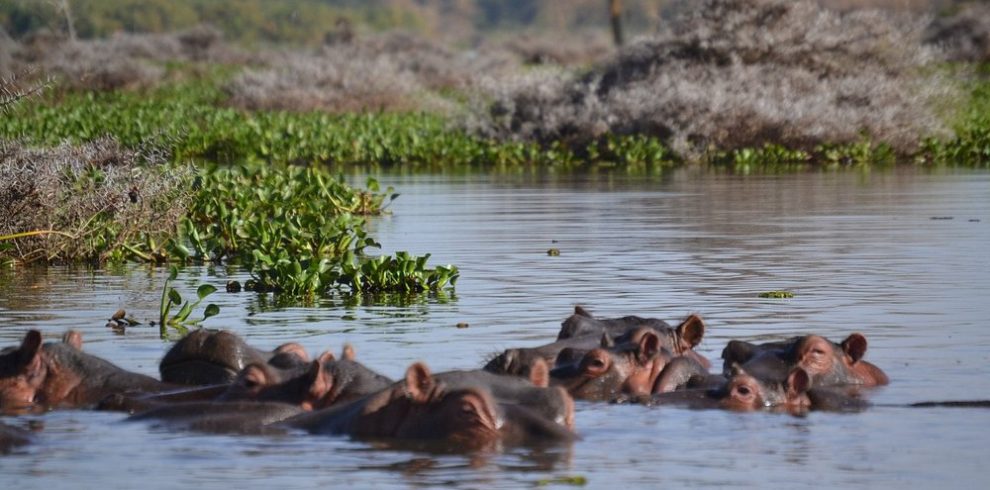This giant snake is scientifically known as the Python sebae and it is one of the most powerful snakes that exist in the African continent. Its size, strength, and unique utilization when hunting have made it distinct and prominent all over the world. Due to being the largest snake species in Africa and one of the largest snakes globally, African Rock Pythons capture excitement and interest from wildlife lovers, researchers as well as inhabitants of its ecosystem.
Learn amazing facts about the African Rock Python, one of Africa’s largest snakes. Explore its hunting techniques, habitat, behavior, and role in the ecosystem. In this post, we will indeed look at 5 amazing facts about the African Rock Python, their features and their place in the ecosystems prevalent in sub-Saharan Africa.
1. The African Rock Python Is One of the Largest Snakes in the World
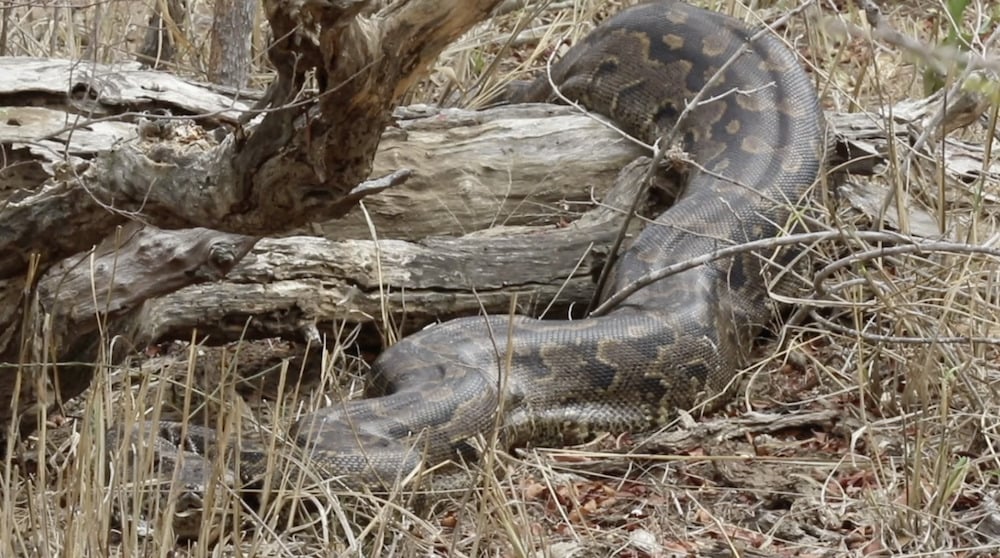
There is a wealth of facts about the African Rock Python, and perhaps the most famous aspect of it is its length. This snake is among the largest of its kind in the world and some of its representatives can grow up to 6 meters long. Although the python reticulatus that is found in South East Asia is believed to be the longest snake in the world, the African rock python is one of the longest and the longest snake in Africa. It has been described as the largest constrictor in Africa and, perhaps, in the whole world.
- Size and Weight
The length of an adult African Rock Python varies from 10 to 16 feet (3 to 5 meters) for the African Rock Pythons, and the female is usually larger than males. They vary in weight from 30 to 70 kg (66 to 154 lbs), though they can grow larger in certain exceptional individuals. They are relatively large and powerful snakes with well-developed muscles that enable them to overpower their prey. They are characterized mainly by their massive size and power, which are instrumental during the constricting of prey to capture and kill.
- Impressive Record Holders
Normal length of the African Rock Python is also quite large, though the largest recorded specimens are even bigger and longer. One giant example that was captured in the wild in South Africa was around 7.9 meters (26 feet) long! These are usually exceptions than the rule since human beings tend to conform more to the average sizeUNCORRECT! This is due to the fact that most people always average the above length.
This large snake has the ability to approach any animal it wishes, from the smaller rodents to the big games such as antelopes and even crocodiles. The African snake stands out in terms of size alone, and the tremendous power it possesses solidifies the body’s dominion of the wild.
2. The African Rock Python Is a Constrictor, Not a Venomous Snake
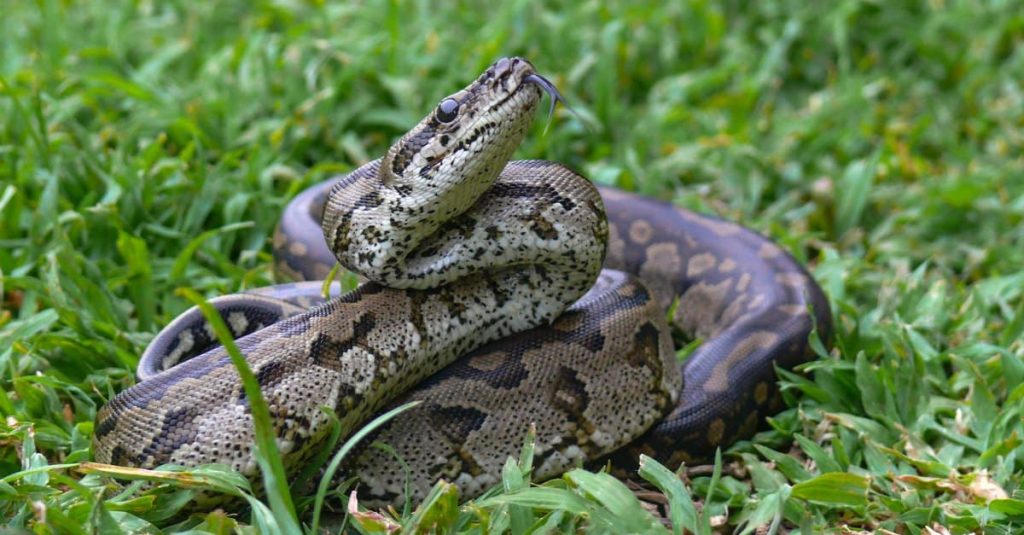
African Rock Python is not poisonous like many other snakes of the world who pose a threat to life. It is a constrictor snake, which therefore constricts the animal’s abdomen using its muscles until the animal chokes. When hunting, this snake will bite the prey and immediately constrict it. With each move the prey makes the snake constricts even more, limiting blood flow, and making it almost impossible for the prey to breathe.
- How Constriction Works
The constriction method used in the African Rock Python is so effective and efficient. When a snake has coiled itself around its target thus constraining the target, then it proceeds to constrict its coils every time the target makes a move. As the prey convulses in the grip of the predator, the ability to breathe becomes restricted and at some point the prey is unable to breathe and dies. When the prey is dead, the African Rock Python will come out of the coil and swallow the whole prey.
Notably, African Rock Python does not need to constrict its prey for a very long time. The squeeze is mostly applied to immobilize the prey but the constriction process is very brief and only lasts for a few minutes. There is a hurdle for the snake after the catch of the prey, which is the act of swallowing it whereby the snake has to spread its jaws well to fit the animal. It is flexible owing to its special structure where the lower jaw is made of tendon bands and as such it has to stretch very widely to accommodate food in its mouth.
- The Prey of the African Rock Python
It is a large, non-venomous snake that feeds on numerous animals endemic to its natural habitat in Africa. Small pythons go for rodents, birds and lizards while large pythons are capable of tackling large prey. It has been reported that they are capable of hunting antelopes, warthogs and even crocodiles depending on their species. That is why they are deemed predators on top of the food chain in many of the areas that they are known to inhabit.
3. The African Rock Python Has Remarkable Adaptations for Hunting and Survival
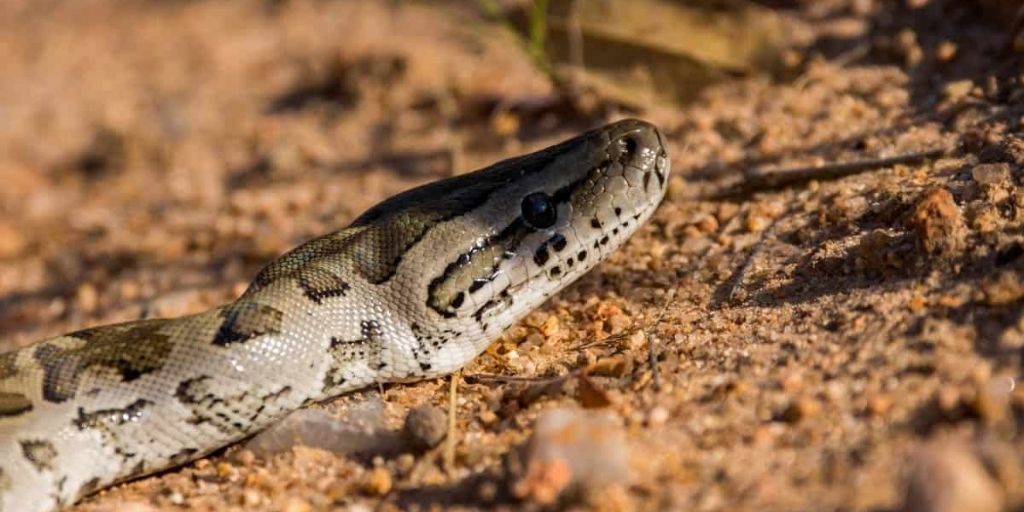
There are several physical facts about the African Rock Python which makes it both a predator and a survivor. Some of the adaptations of this snake include; enhanced olfactory organ, pigmentation and constriction mechanisms. All these characteristics are vital in helping the snake capture its prey as well as in escaping from predators and other dangers in the wild.
- Exceptional Sense of Smell
As in many other snakes, African Rock Pythons are equipped with a well developed sense of smell that helps them to find the prey. For instance, the snake uses the forked tongue to move in and out of its mouth to get scent particles in the air. They are then conveyed to Jacobsen’s organ – the vomeronasal organ – which is situated in the roof of the snake’s mouth. This organ allows the snake to analyze chemical signals in the environment including potential prey or the scent of other endangered animals.
- Camouflage
Another adaptation is the African Rock Python’s coloration that can be of great importance in helping the snake blend with the environment. Their scales are usually brown or olive in colour with broken lines or spots that are characteristic of the surrounding land. This makes it easy for the python to hide and wait for its prey when it is hidden in thick bush, or by the river banks or coiled in trees. This skin also offers it an excellent coat that not only conceals it from predators but also enables it to surprise its prey.
- Powerful Constriction
That is the reason why the African Rock Python uses its powerful muscles to constrict it prey as pointed out earlier. This strength is due to the strong muscles and well built internal frame of the snake. The snake’s muscles are actually divided into two categories known as constriction muscles and compression muscles: the snake can constrict them with superior force. These muscles are accompanied by a rigid endoskeleton that helps the snake to build the pressure needed to lock its jaws around the prey while constricting it.
4. The African Rock Python Can Survive Extended Periods Without Food.
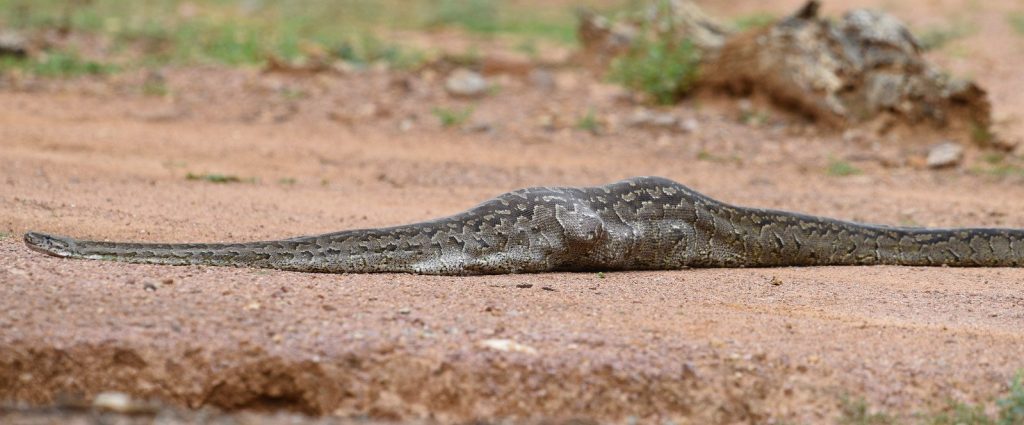
Another facts about the African Rock Python, is its physical traits is that the snake can go for long periods without feeding. However, their metabolism rate is low which means that they do not require frequent feeding. This adaptation is especially applicable where there is likely to be intermittent fluctuations in the availability of food sources. An African Rock Python could go for weeks or even months without hunting after consuming a full-sized antelope or a warthog.
- Digesting Large Meals
This is why the snake can survive for long without eating and in the same instance it can consume a large meal when it has access to it. One interesting fact is that when the African Rock Python feeds itself with a big food item, it requires a lot of energy to break down the consumed food item. At this stage of the snake’s life cycle, its metabolism rate is drastically lowered. Digestion may take up to several days from the digestive tract depending on the size of the prey consumed. After a while the body of the snake goes back to the normal state where it will need little energy to keep moving hence can go for a few days without food.
- Adaptations to Scarcity
They are able to go long periods without food especially in domestication where the animal’s natural habitat is some regions that may seriously lack food or have food that is available occasionally. Thanks to this ability the snake can withstand unfavorable conditions and different terrains. Under this, we have the African Rock Python that with its admirable metabolic adaptations such as persistence in acquiring water and patience in securing food irrespective of its scarcity shows versatility in habitats.
5. The African Rock Python Plays a Vital Role in Its Ecosystem
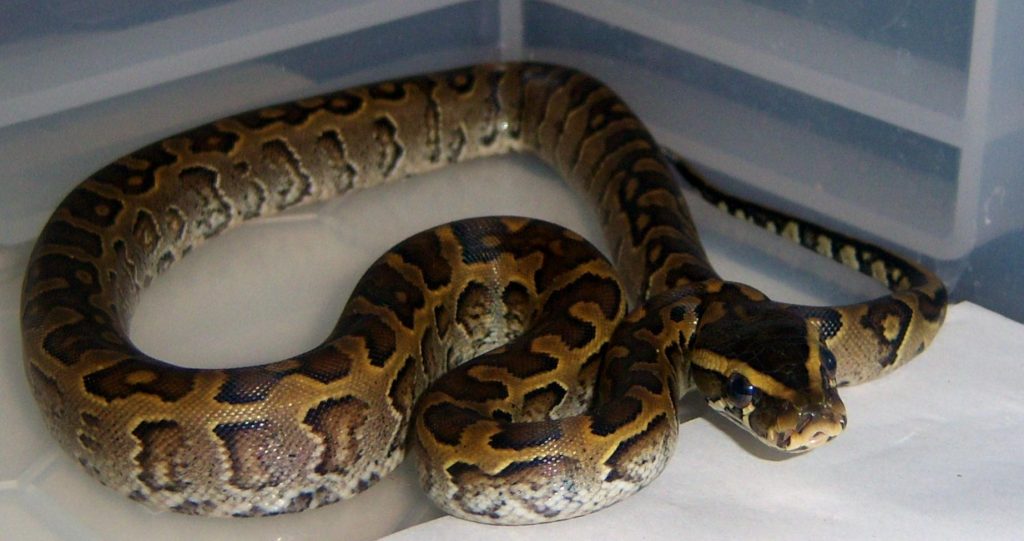
Apart from its interesting biology and behavior, African Rock Python is an important predator in the ecology of its habitat. This is important for controlling various species hence play a role as an apex predator which balances the food chain. This is because where African Rock Pythons for instance are lacking some smaller animal species will tend to over-multiply hence affecting the balance of the ecosystem.
- Regulating Prey Populations
The diet of the African Rock Python include small mammals, birds and large herbivores such as antelopes. In this way, the python helps keep the population of these animals balanced to avoid overcrowding of one particular species. This has a domino effect whereby the growth of vegetables that those animals need for survival is enhanced, and the health of the vegetation in the area is preserved.
For instance, feeding on rodents and other small livestock reduces the ever-present pressure on plants and foods in the region. It also works to control the quantity of prey population that may otherwise feed out the plants or overgraze the landscape.
- Impact on Predator-Prey Dynamics
In turn, the African Rock Python itself becomes food for larger carnivores like crocodiles, lions and hyenas. However, the size and power of the snake as a predator gives it protection from many of these threats. Due to their ability to act either as predators or prey, the spotted hyenas play a significant role in predator-prey balance in African ecosystems.
Conclusion
The African Rock Python is one of the most muscular pythons and can surely be described as a living symbol of power and prepotency. While the African Rock Pythons are the third largest snakes, it’s interesting to note that they are an ideal species for both the savanah and Rockeries ecosystems of Africa. They are carnivores that can go without food for long periods and possess strength and a way of tracking and catching prey that makes the African lion one of the leading predators. This paper therefore calls for continued research and conservation efforts in regards to species such as the African Rock Python to endeavor to protect the wildlife habitats that are increasingly threatened by human influences.


